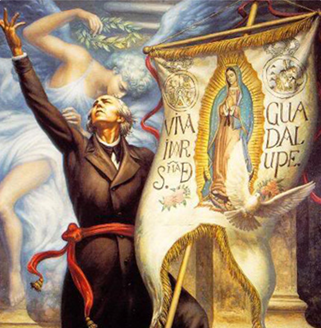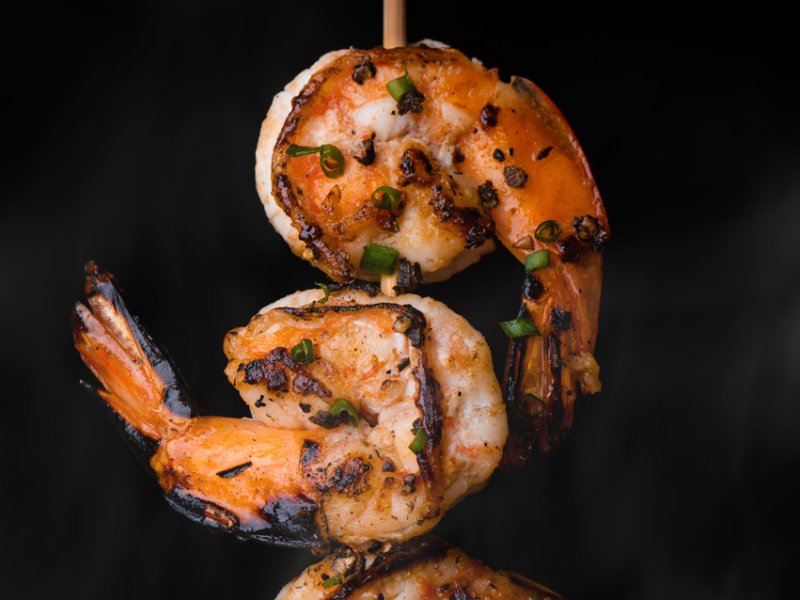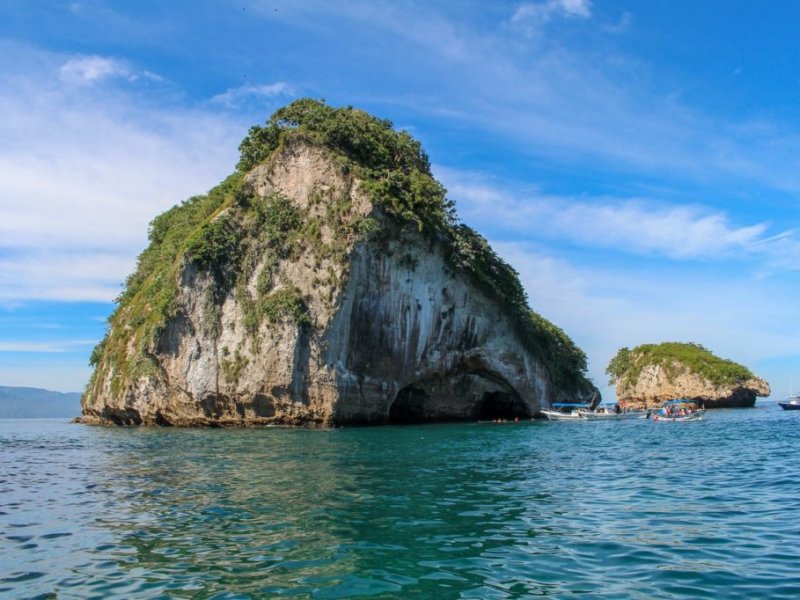The Beginning of Mexico’s Independence
By Verónica Toro
Translated by Nyima Bieber

In the early nineteenth century, the inhabitants of New Spain were very unsatisfied with those who ruled over the land. As a result, important characters began to join forces, including the priest Miguel Hidalgo y Costilla (leader), Ignacio Allende, Juan and Ignacio Aldama, Mariano Abasolo Mariano Jimenez, Miguel Dominguez and his wife Josefa Ortiz de Dominguez. This group became known as the “Conspiracy of Queretaro“, named after the city where the meetings were held.
Captain Joaquin Arias, responsible for directing the uprising, betrayed the independence-seekers by informing the authorities of their plans. Josefa Ortiz de Dominguez learned of his betrayal and reported back to her colleagues immediately. Miguel Hidalgo then decided to take action ahead of schedule.
The Early Struggles
It all began with the famous “Grito de Dolores” by Miguel Hidalgo. On September 16th, 1810 he called on all the people in the town of Dolores, using the bells in the main parish. Holding a banner of the Virgin of Guadalupe, he shouted “Viva la Virgen de Guadalupe, death to the Spaniards, Viva Mexico!” This was the moment that triggered the fight for the country’s independence.
Ignacio Allende managed to join the troops in San Miguel El Grande and the rebel army prepared to take the city of Guanajuato. On September 28th, Hidalgo ordered fire to be set to the door of the Alhóndiga de Granaditas, a building that served as a headquarters for Spanish goods. Among those who offered to perform the feat was Juan José Martínez, better known as the “Pipila“, who died at the scene. Currently, a grand statue exists on that very spot in his honor.
Principal Battles
The first confrontation was known as the “Battle of Monte de las Cruces” in the city of Toluca. Miguel Hidalgo’s troops triumphed and evacuated the area before the Spaniard Felix Maria Calleja could attack them. They took shelter in Queretaro, where Calleja defeated them, reducing the ranks of men by half, in what was known as the “Battle of Aculco”. Allende and Hidalgo united days later in Guadalajara and together they faced Calleja’s troops, who were once again victorious. This fight became known as the “Battle of the Bridge of Calderon.”
Hidalgo headed to Zacatecas in the north of the country, but was apprehended along the way. An army of approximately 2,500 men, lead by Ignacio Lopez Rayon, was also imprisoned in Norias de Bajan, Coahuila. Hidalgo, Allende, Aldama and Abasolo were sent to Chihuahua and sentenced to death. On July 31st, 1811, Miguel Hidalgo was executed. However, the fight continued and new leaders emerged.











